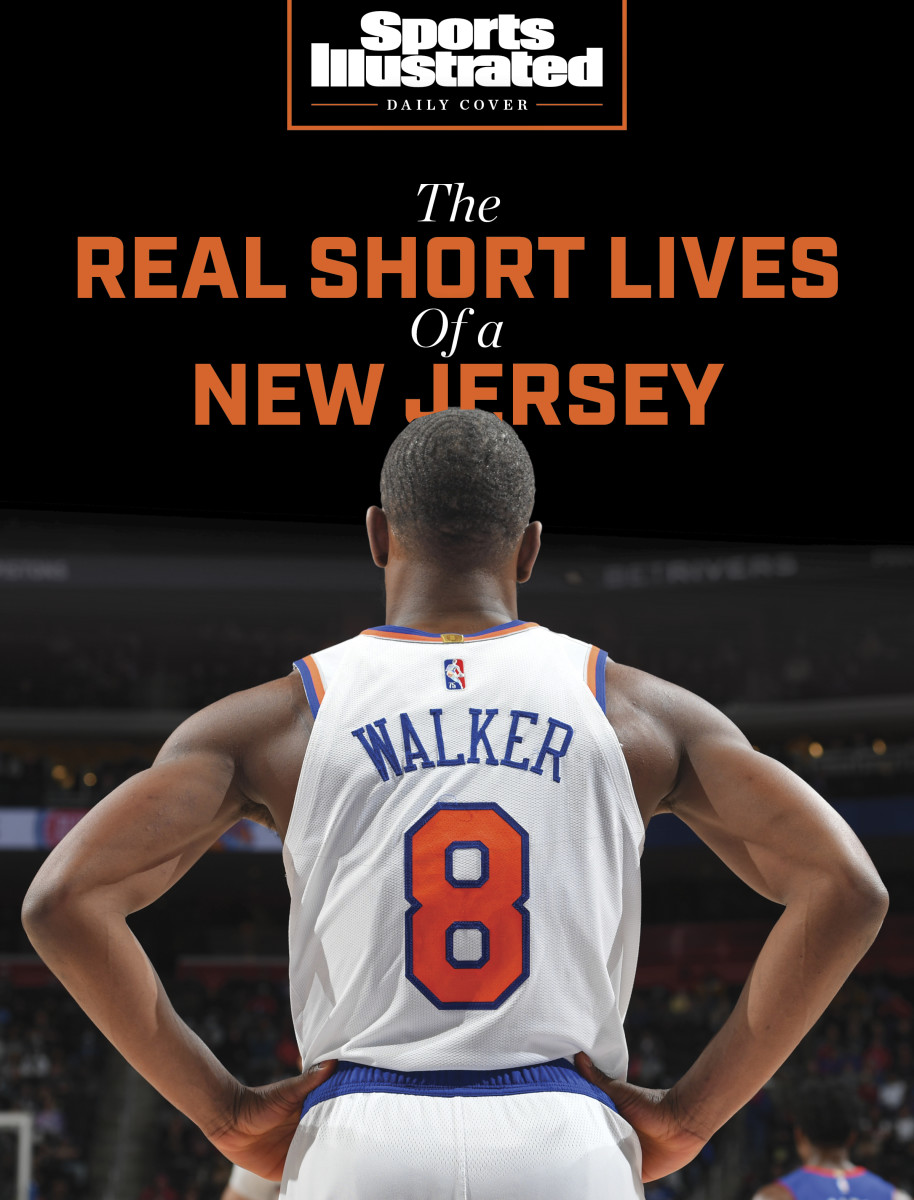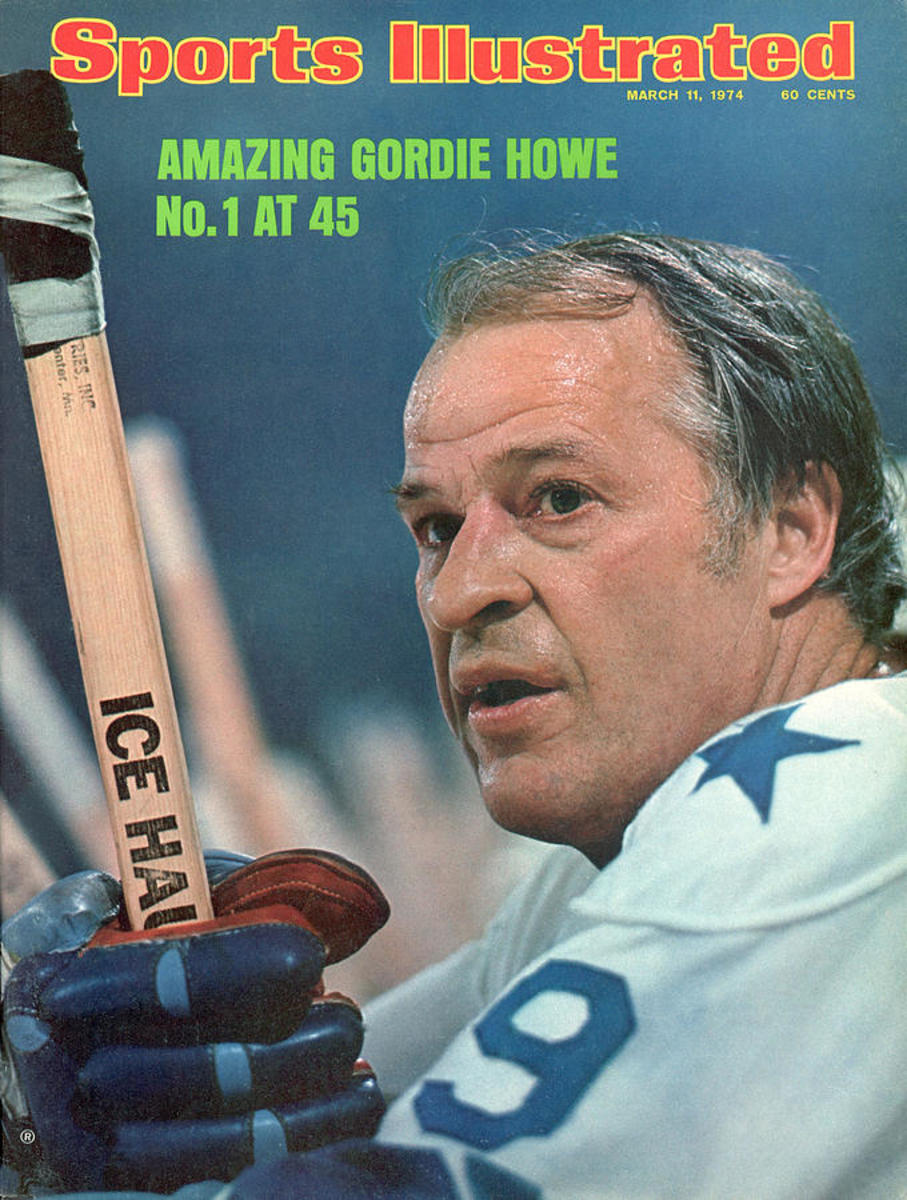SI:AM | Here Are the Most Important Details in the New MLB CBA
Good morning. I’m Dan Gartland, and I’m ridiculously excited to have baseball back in my life.
If you're reading this on SI.com, you can sign up to get this free newsletter in your inbox each weekday at SI.com/newsletters.
The lockout is finally over
Baseball fans finally got good news yesterday when MLB team owners and the players union reached a deal on a new collective bargaining agreement. After weeks of frustrating negotiations, it seemed like we’d never get there. And, perhaps best of all, the cancellation of regular-season games turned out to be nothing more than a negotiating tactic by ownership. The 2022 season will be a full 162 games, with the regular season extended by three days and the other three postponed opening-week games made up as parts of doubleheaders throughout the season.
I’m sure everyone is sick of hearing about minimum salaries and the competitive balance tax at this point (if you’d like to read about those details, ESPN’s Alden Gonzalez has them), but there are several things in the new CBA that should be of interest to fans. Let’s run them down.
- The National League has adopted the designated hitter. This was the case in the pandemic-shortened 2020 season and is now standard. Say goodbye to sacrifice bunts every time through the order (and the occasional Bartolo Colon moment).
- The postseason is expanded to 12 teams. The top two teams in each league will receive first-round byes. The single-elimination wild-card games are replaced by a three-game series (No. 3 vs. No. 6 and No. 4 vs. No. 5). The winners of the three-game series advance to the division series. As a side effect of the expanded playoffs, Game 163 tiebreakers are dead. Any ties for division lead or wild-card spots will be resolved by a predetermined set of tiebreakers (like in the NFL).
- Players may only be optioned to the minor leagues five times per season. That means players won’t be able to repeatedly bounce between the majors and the minors, reducing the number of times you turn on a game in the seventh inning and go, “Who the hell is this pitcher?”
- The addition of a draft lottery. This is intended to discourage tanking. All 18 nonplayoff teams will be eligible, but only the top six picks will be assigned via the lottery. The three worst teams will have a 16.5% chance of landing the top pick. Teams that receive revenue-sharing funds will not be able to receive a lottery pick in three consecutive years, while teams that pay into the revenue-sharing fund will not be eligible for lottery picks in consecutive years.
- A committee will decide on rule changes. Robot umps, larger bases, a ban on the shift and a pitch clock aren’t coming to MLB in 2022 but if and when they do, they’ll be implemented by this new joint committee. The committee (composed of four active players, six members appointed by MLB and one umpire) will have the authority to institute rule changes over a single offseason. Previously the league had the authority to unilaterally introduce rule changes provided it waited at least one year after notifying the union.
- Advertising patches will be added to jerseys and batting helmets. Get ready for crypto ads on your favorite team’s jerseys.
There are also a few changes that will be beneficial for players.
- A pool of bonus money to be awarded to the best pre-arbitration players in the league. The total pool is $50 million, which will be distributed to the top-100 pre-arb players using a statistical formula developed by the league and the union. Award winners will also receive bonus money. According to MLB.com, last year’s Rookie of the Year winners would have tripled their salary under this system.
- Players who finish in the top two of Rookie of the Year voting will receive a full year of service time. This is designed to combat service time manipulation (keeping a player in the minors to start the season in order to gain an additional year of team control).
- Teams will also be incentivized to promote top prospects to the majors. If a prospect who was on the Opening Day roster finishes in the top three of Rookie of the Year voting or top five of MVP/Cy Young voting, their team will receive an additional draft pick.
With the boring labor dispute stuff out of the way, fans can now turn their full attention to what promises to be the most frantic hot stove season ever, as teams race to fill out their rosters before the regular season begins in less than a month.
Breathing down Gretzky’s neck
It could come tonight in Vancouver or maybe Tuesday at home against the Islanders, but at some point soon Alex Ovechkin is going to pass Jaromír Jágr for third on the NHL’s all-time goal scoring list.
Ovechkin scored twice Tuesday in Calgary to tie Jágr with 766 career goals, 35 behind Gordie Howe and 128 behind Wayne Gretzky.
Ovi will certainly pass Jágr in the coming days, and he’ll almost undoubtedly pass Howe next season. The bigger question is whether he’ll overtake Gretzky. He’ll be 37 when next season begins, not over the hill but definitely with the finish line of his career in sight. (That’s assuming he doesn’t play into his 50s like Howe, which you can read about below in the From the Vault section.)
Ovechkin has averaged more than 49 goals per 81 games during the course of his career (and more than 51 per 81 games over the past three seasons). At that pace he’d need to play two and a half more seasons to pass Gretzky. Assuming he stays healthy and maintains that level of production, we could expect Ovechkin to break Gretzky’s mark some time in the middle of the 2024–25 season, when he’ll be 39.
With some better luck, Ovechkin might have already passed Gretzky by now. I already mentioned that he’s averaged more than 49 goals per 81 games, which is just a tick above Gretzky’s 48.7 (and well above Howe’s 36.7). But Ovechkin had his rookie year wiped out by the 2004–05 NHL lockout and the ’12–13 season reduced to 48 games by another lockout. Last season was shortened to 56 games because of the pandemic. That’s almost two full seasons’ worth of games lost to circumstances outside his control, which would make breaking Gretzky’s record all the more impressive.
The best of Sports Illustrated

In today’s Daily Cover, Chris Herring explores the trouble with dropping serious money on a jersey of an NBA player who might not stick around. … Stephanie Apstein argues that signing a new CBA is just the first step in fixing what’s wrong with baseball. … Tom Verducci had a rosier outlook on the end of the lockout. … Kevin Sweeney and Jeremy Woo have their list of the top-50 players in men’s college basketball this season. … Madeline Coleman profiled Pierre Gasly, the Formula One driver and star of Netflix’s Drive to Survive. … Pat Forde writes that the fate of Arizona’s season is dependent on how quickly star point guard Kerr Kriisa recovers from his sprained ankle.
SI’s Morning Madness newsletter is coming back. Our daily NCAA tournament newsletter starts up again on Monday, March 14, with all the post–Selection Sunday takes. Sign up for free at SI.com/newsletters.
Around the Sports World
The Bears are reportedly sending Khalil Mack to the Chargers. … Former MLB pitcher Odalis Pérez died after an apparent accident at home. … The Nets thumped the Sixers in Ben Simmons’s much-hyped return to Philly (even though Simmons was on the bench). … ASUN men’s tournament champion Bellarmine won’t be eligible for the NIT, either. … MLB is reportedly in talks with NBC to stream games on Peacock. … Ohio State football player Harry Miller announced he is medically retiring and opened up about his struggles with mental health.
The top 5...
… plays from yesterday:
5. Alex Nedeljkovic surrenders an awful own goal
4. Kyrie Irving’s pull-up three to beat the first-quarter buzzer
3. Maple Leafs score two goals in 10 seconds to tie the game in the third period (they lost in overtime)
2. Bruno Guimarães’s back-heel goal for Newcastle
1. Miami’s buzzer beater to hold off an upset bid by Boston College in the ACC men’s tournament
SIQ
On this day in 1986, NFL owners voted to institute a replay review system for the first time. Though it’s now a regular part of our sports viewing experience, the NFL’s video review was not considered a success in its early form, and the league did away with it in ’92. When replay was resurrected in ’99, how did coaches signal to the referee that they wanted to challenge a call?
Check Monday’s newsletter for the answer.
Yesterday’s SIQ: Which MLB team did Bill Veeck buy twice?
Answer: the White Sox. He was only 45 years old when he made the South Side club his third big league purchase. Buying the team from the granddaughter of franchise founder Charles Comiskey marked Veeck’s return to baseball after he was essentially run out of the league by fellow owners who were sick of his stunts.
But Veeck’s first stint as owner of the White Sox didn’t last long. He sold the team in 1961 after doctors advised him to retire as a result of mounting health issues. As his health improved, he tried to buy the Washington Senators and the Orioles in the ’70s but was denied. He ended up returning to baseball in ’75 when he spearheaded a group of investors in purchasing Chicago’s American League club. But the deal did not go smoothly. The league’s other owners voted down his bid twice due to their personal disdain for Veeck before Tigers owner John Fetzer persuaded his fellow owners to put aside their personal feelings.
From the Vault: March 11, 1974

Before Tom Brady seemingly conquered aging and excelled in a contact sport into his mid-40s (before Brady was even born, in fact), Gordie Howe came out of retirement and dominated the World Hockey Association at 45.
Howe played 25 seasons in the NHL with the Red Wings from 1946 to ’71. He spent two years in retirement before joining the WHA’s Houston Aeros to play alongside his two sons Mark and Marty.
Mark Mulvoy’s cover story recounts the difficulty Howe initially had in resuming his career. Mark said his dad “got red as a beet” during training camp practices and struggled to lose 12 pounds to get back to his playing weight. (Gordie’s diet consisted of “cottage cheese, fruit salad, ground round, Jell-O, hot and cold cereals and ice cream,” his wife, Colleen, told Mulvoy.) But after a slow start to the season, Howe hit his stride and finished second in the league in assists and third in points while leading Houston to the best regular-season record in the league and an Avco Cup championship.
Howe went on to play another six seasons of pro hockey—three more with Houston and three with the New England/Hartford Whalers (two in the WHA and one back in the NHL after the leagues merged). He played in every one of the Whalers’ 80 games in his final season, during which he turned 52.
Howe didn’t play that 1979–80 season like he was wrapped in bubble wrap, either. An ’80 story in Sports Illustrated celebrating Howe’s fifth decade in pro hockey relays one anecdote about Howe mixed it up with a guy 30 years younger than him.
“In a game against Winnipeg, Howe twice elbowed 6'3", 210-pound defense-man Scott Campbell in the third period. The second time, the 22-year-old Campbell went after him, challenging Howe, until the linesmen stepped between them. After the game, an amused Howe shoved a powerful forearm into someone’s collarbone, showing where he’d given Campbell his shots. ‘Those kind don’t hurt too much,’ he said. ‘They don’t count if they’re not in the face.’”
Check out more of SI’s archives and historic images at vault.si.com.
